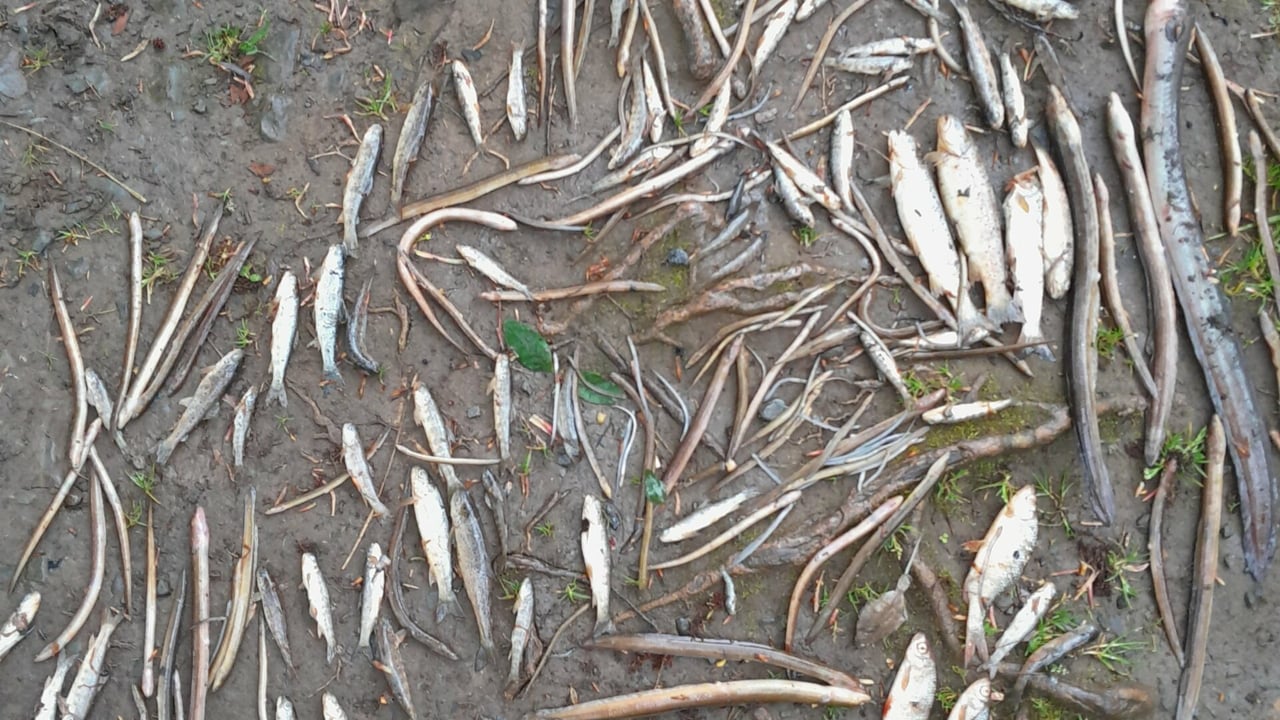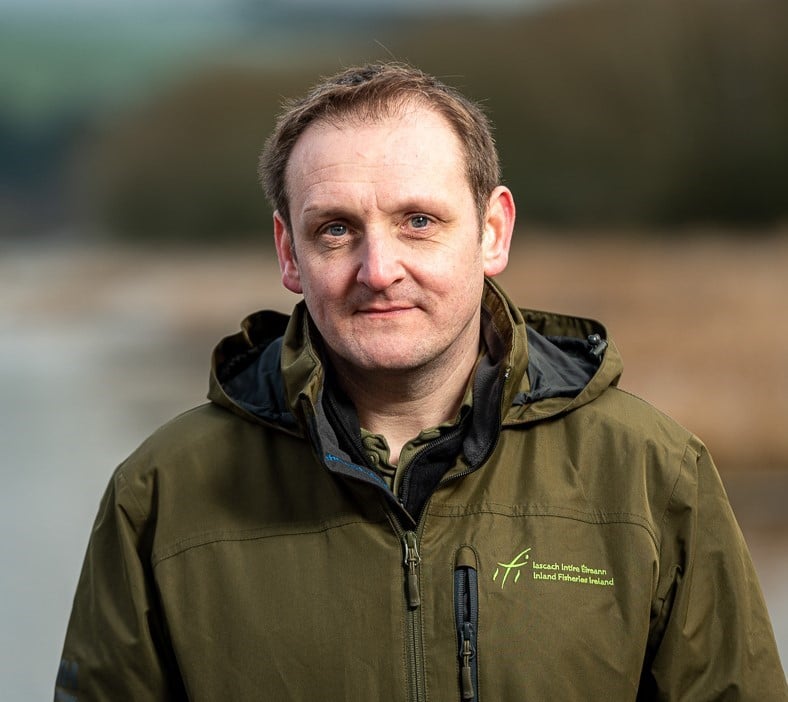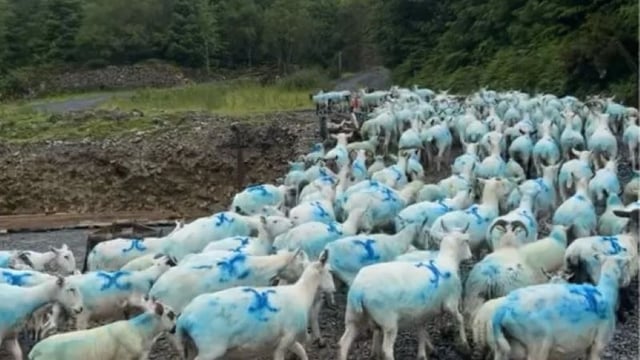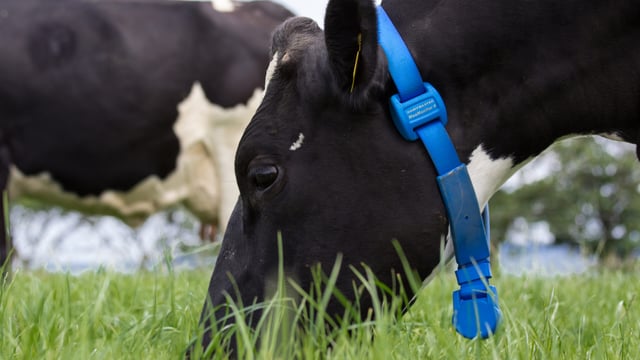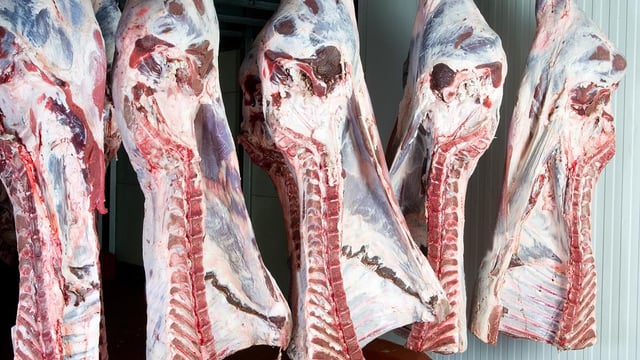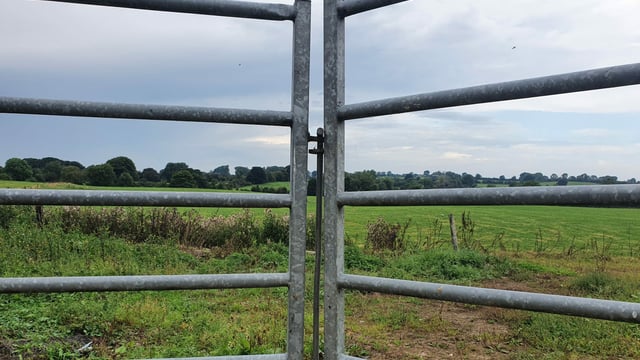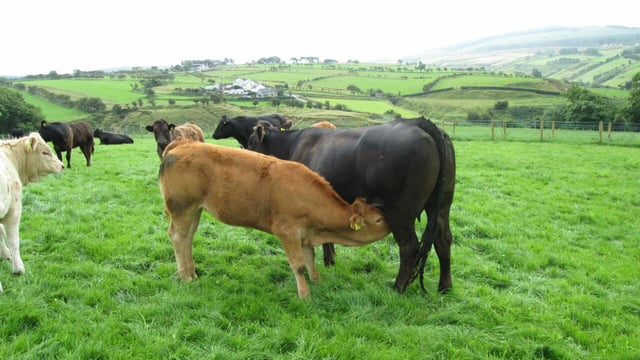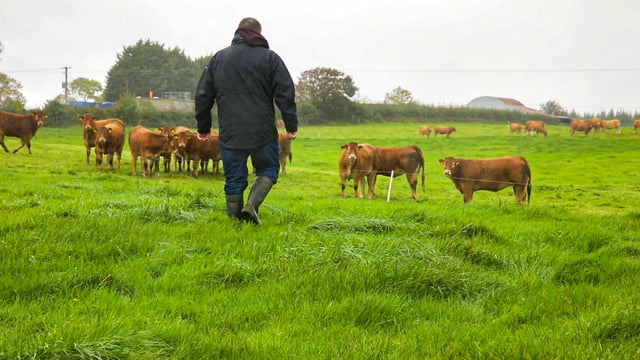Report: Agriculture listed as 'most common' cause of fish kills
Agriculture has been listed as the most common known cause of fish kills in Ireland according to a new report,
Inland Fisheries Ireland (IFI) has today (Wednesday, August 28) published a major new report on 2,107 fish kills occurring in Irish rivers and lakes from 1969-2022. The detailed study is the first comprehensive overview of related trends, locations, causes, and population recoveries, over the 53-year period.
Fish kills
'Fish Kills in Ireland - History, Current Status, and Recovery' revealed the most common known cause of fish deaths was agriculture, followed by eutrophication, industrial, municipal, mining, construction, and other activities.
Separately, IIFI records show that almost 19,000 fish died in 30 recorded fish kill occurrences between January 2023 and July 2024. Fish mortalities included Atlantic salmon, trout, eel and lamprey of all ages.
Dr. Ronan Matson lead author on the new report, and eastern region Director at Inland Fisheries Ireland said: “Fish kills caused by pollution are heart-breaking for local communities. Many of these lethal events are needless, avoidable, and criminal.
“The ripple effect of ecological damage on biodiversity is long-lasting - at a time of rapid environmental change. Best practice must always be adhered to in all works in/near watercourses.
“IFI staff deploy an emergency response to any fish kill incident. It is crucial that any signs of concern are reported to IFI immediately to its 24/7 number, 0818 34 74 24. This enables officers to respond swiftly, find a cause, and prosecute those responsible," he added.
Fisheries legislation
The Department of the Environment, Climate and Communications is currently carrying out a review of inland fisheries legislation.
Existing sanctions are being examined, and it would include a potential update of penalties in respect of fishery, environmental, and other offences.
'Fish Kills in Ireland - History, Current Status and Recovery' is based on historic reports compiled by fisheries environmental officers, and it found that:
- Fish kills occurred in every county since 1969;
- The highest percentage of fish kills attributed to municipal sources - a cause which has more than doubled since 2007 - was recorded in Co. Laois, followed by Cork, Cavan, Dublin and Tipperary;
- Counties Cork and Cavan had the highest proportion of fish kills, while Co. Roscommon and Co. Westmeath had the lowest in the period from 1969-2022;
- Fish kill hotspots were prevalent in the east, south, and north midlands, coinciding with intensive agricultural activity and large urban centres;
- Agriculture was the most significant reported cause of fish kills in Ireland from 1969 to 2022, accounting for 23% of overall causes;
- Brown trout and Atlantic salmon were the main fish species impacted by fish kill incidents, followed by roach and European eel;
- The time period involving the recovery of fish populations varied in sample sites, but took at least three years;
- Rivers were the most impacted waterbody type (81%), followed by lakes (12%), and artificial waterbodies such as ponds and canals (5%).
IFI said it continues to investigate fish kills in Wicklow, Cork and Donegal that took place in recent months.
The organisation's operations are divided into seven regional River Basin Districts (RBDs) according to river and lake catchment areas. Each RBD comprises a number of counties, or can include parts of other counties.
Fish kill investigations
The investigation and successful prosecution of fish kills is a key part of Inland Fisheries Ireland’s remit. IFI has stated that it thoroughly investigates all such reported incidents to discover what happened, and why.
During a fish kill, IFI Fisheries environmental officers assess and monitor water quality on site, and take samples from an affected watercourse for laboratory analysis, to try establish a conclusive source of a contaminant or discharge point.
The sample results determine whether it is possible to initiate a prosecution.
The agency has statutory responsibility for Ireland’s 74,000km of rivers and streams, together with 128,000 lake hectares. It also has a coastline patrol jurisdiction of 12 nautical miles.

